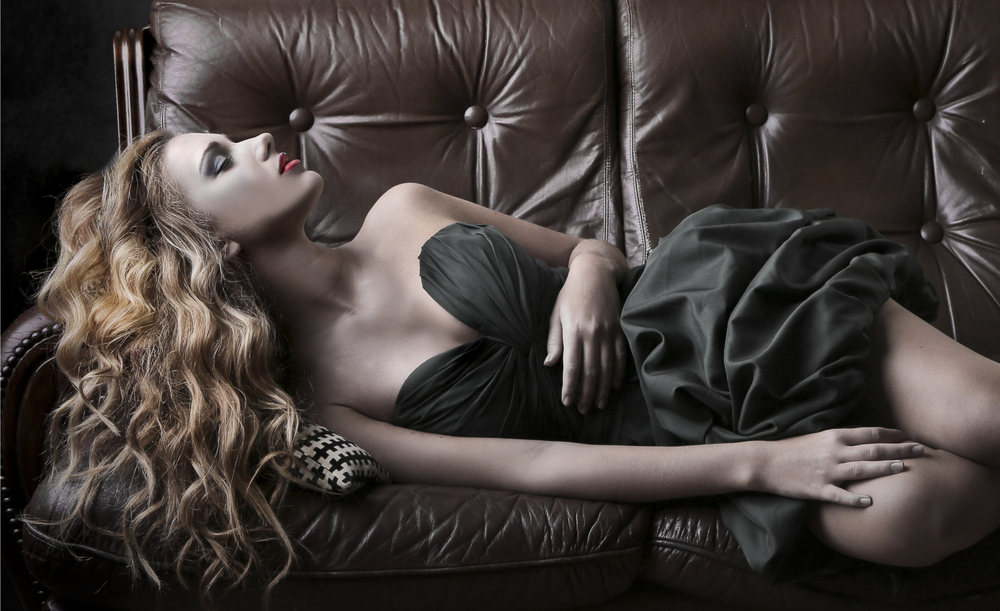
modeling (by models) is an art form that involves creating captivating images that showcase various products, services, or concepts. The ability to strike the perfect pose can make or break a photoshoot. It's not just about looking pretty or handsome; it's about conveying emotion, telling a story, and capturing the attention of the audience.
Understanding the Importance of Posing
Posing in modelling (or modeling) is more than just standing in front of a camera. It requires a deep understanding of body language, angles, and the desired outcome of the photoshoot. Models need to be aware of the message they want to convey and develop a connection with the camera to bring that message to life.
One of the primary goals of posing is to highlight the product or concept being promoted. Whether it's a fashion item, a beauty product, or a lifestyle brand, the pose should complement and enhance the subject. A well-executed pose can make the difference between a memorable photo and one that goes unnoticed.
Another crucial aspect of posing is the ability to convey emotion. Models are often required to display various emotions, such as joy, confidence, or even vulnerability. Posing is a way to communicate these emotions effectively, making the photo more relatable and engaging for the viewers.
Mastering the Basics of Posing
While posing may seem effortless for experienced models, it requires practice and understanding to perfect the art. Here are some essential tips to help models master the perfect pose:
1. Know Your Body
Understanding your body type, strengths, and limitations is fundamental in posing. Being aware of your best angles and areas that require attention helps in creating visually appealing photos. Experiment with different poses to discover what works best for you and practice in front of a mirror to build confidence.
2. Relax and Be Natural
A natural and relaxed pose often translates into striking photos. Avoid stiffness or forced expressions, as they can come across as unnatural or inauthentic. Take deep breaths, find your comfort zone, and let your personality shine through in your poses.
3. Use Props and Elements
Props and elements can add depth and interest to your poses. Whether it's a chair, hat, or even a curtain, incorporating them creatively can help tell a story or create a specific mood. Experiment with different props and observe how they enhance your overall composition.
4. Be Mindful of Facial Expressions
Facial expressions play a crucial role in modeling . Practice different expressions to convey different emotions effectively. Experiment with smiles, smirks, serious looks, and pensive expressions. The eyes are especially important, as they can communicate a lot of emotion and draw the viewer into the photo.
5. Seek Inspiration and Learn from Others
There's a wealth of inspiration available for aspiring models, from fashion magazines to social media platforms. Study the poses of professional models and learn from their techniques. Analyze their body language, angles, and how they interact with the camera. Incorporate these learnings into your own style while adding your unique touch.
Frequently Asked Questions
Q1: How can I improve my posing skills?
A1: Practicing in front of a mirror and experimenting with different poses is key to improving your skills. Observing and learning from professional models can also provide valuable insights.
Q2: What should I do if I feel nervous or self-conscious during a photoshoot?
A2: It's normal to feel nervous, especially if you're new to modelling . Take deep breaths, remind yourself of your preparation, and trust in your abilities. Remember that confidence is key to great posing.
Q3: How do I know which poses work best for my body type?
A3: Understanding your body type and experimenting with different poses will help you find what works best for you. Some poses may accentuate your strengths, while others may downplay areas you're less comfortable with.
Q4: Are facial expressions more important than body poses in modeling?
A4: Both facial expressions and body poses play vital roles in modeling (or modelling) . They work together to tell a story and evoke emotions. Aim for a harmonious balance between the two to create impactful photos.
Q5: How can I develop my own posing style?
A5: While learning from others is essential, don't be afraid to experiment and develop your unique posing style. Explore different ideas, poses, and concepts to find what feels most authentic to you.
Remember, mastering the art of posing takes time and practice. It's a continuous learning process that evolves with experience. Keep refining your skills, experimenting with different poses, and most importantly, have fun showcasing your modeling talent!
Other useful resources